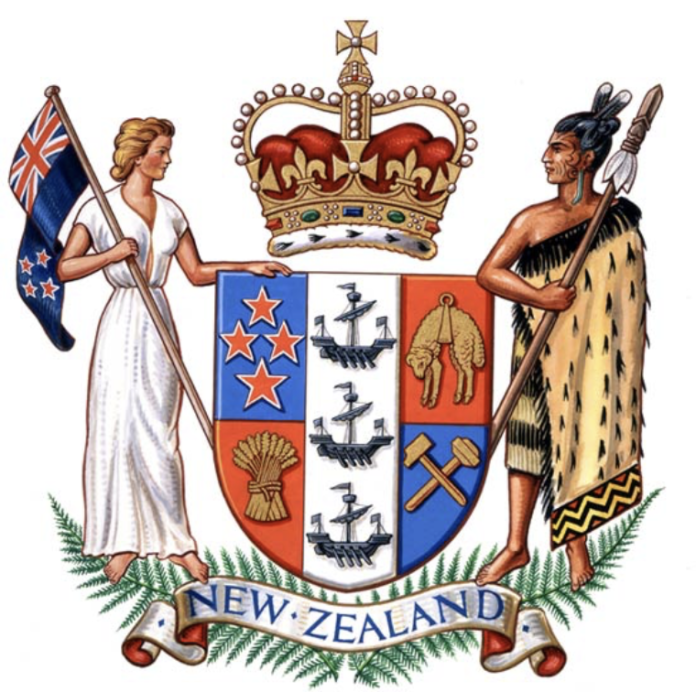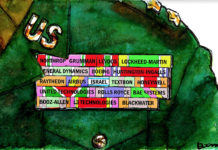- Most kaiako (teachers) will see an average increase in pay of around 35%
- About 2000 kaiako, kaiawhina and kaiwhakarite expected to benefit
- Boost to give parity to similar roles outside of kōhanga reo and encourage whānau to become kaiako
Kaiako working in kōhanga reo across the country will soon be paid at a level that will help encourage people fluent in te reo to take up the profession, Associate Minister of Education (Māori) Kelvin Davis has announced.
The introduction of new pay rates will help kōhanga kaiako and kaiawhina (support staff), who have long been paid well under their counterparts in early learning centres and kindergartens, to cope with the cost of living pressures that are a key focus for the Government.
Under the new rates a full-time kaiako will start on $59,358. Previously, the average pay for a kaiako at a kōhanga reo was $44,000.
An additional $76 million over five years will be allocated to improving pay and is part of the Crown’s response to findings by the Waitangi Tribunal, particularly around the financial stability of the kōhanga movement.
The funding will be used to make up the difference between existing pay of staff and the new pay rates by topping up the wages currently paid for by kōhanga reo.
“Those working in kōhanga reo have been paid poorly for too long and the Government is committed to correcting that, just as we are committed to improving pay equity between early learning services and kindergartens,” Kelvin Davis said.
“This represents one of the most significant boosts to kōhanga reo since the movement began in 1982 and I know it will have a huge impact for almost all kaimahi.”
The funding will support a new pay framework for kōhanga reo staff working as kaiako (including those currently without Tohu Whakapakari – the main qualification for kaiako), kaiako matua (senior teachers), kaiawhina (supporting kaiako) and kaiwhakarite (support staff).
The commitment also continues the work being done to boost the Māori education sector overall, such as building new kura and training new and existing teachers in te reo.
“We know that Māori children do better in Māori Medium and Kaupapa Māori education, which is why we are committed to attracting more fluent te reo speakers into becoming kaiako and making it an attractive career option,” Kelvin Davis said.
Roughly a third of all kōhanga reo are already in the scheme, with the total expected to climb to 380 later in the year.
For more information on the new pay framework visit Te Kōhanga Reo National Trust at http://www.kohanga.ac.nz.




